foot surgery
Displaying items by tag: foot surgery
Dr Brandon Nelson, A Board-Certified Physician & Surgeon Discusses the Lapiplasty Bunion Correction

Bunions are painful deformities that are common and can cause pain and discomfort daily. Surgery for bunions has been around for over 100 years but recent advancements have made bunion surgery easier than ever. Today we will discuss the Lapiplasty bunion procedure, its advantages and how it has changed the way we correct bunions.
What is a bunion?
A bunion is an inherited foot issue that involves the deviation of a bone in your foot. Specifically the 1st metatarsal begins to drift in the wrong direction making it difficult to fit shoes and can be quite painful. Genetics play a big role in the development of a bunion and things like shoe gear can contribute to the bunion.
Convention bunion surgery often involves cutting the bone and realigning a joint. This type of procedure has been utilized for years and is still the most popular bunion surgery in the world. It has its applications and is appropriate for certain individuals. The Lapidus or Lapiplasty focuses on larger bunions and people that have a more unstable foot. It aims to correct the bunion in a more comprehensive approach and provides the best long term results.
It involves correcting the bunion in 3 planes, realigning the metatarsal, correcting the bunion at the root cause. The joint where the bunion originates is cut and realigned and fixated to heal in the proper position. Recovery can vary by patient and bone quality same with healing times. I do recommend physical therapy and follow up is essential.
In conclusion Lapiplasty has revolutionized bunion correction and provides excellent long term results and is by far the best procedure for many patients.
If you would like a consultation for your bunion I can help. Call to make an appointment with me at 425-391-8666 or make an appointment online.
Sincerely,
American College of Foot & Ankle Surgeons
Dr Brandon Nelson, A Board-Certified Physician & Surgeon Discusses Plantar Fasciitis
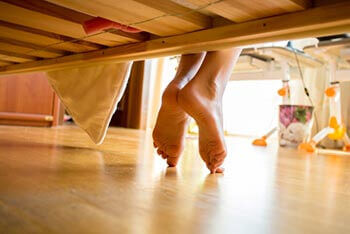
Plantar fasciitis affects millions of people worldwide. It is often a debilitating condition that limits people’s activities. It is characterized by pain in one’s heel, pain when we get out of bed or can even be a bruised sensation to the bottom of the foot. Today I will discuss some of the causes, symptoms, diagnosis, and treatment. The plantar fascia itself is a thick ligament like tissue that runs on the bottom of the foot to provide support.
Causes:
The number one cause is overuse. This can be exercise or standing all day or a change in the amount of either of these. Other causes can be shoe gear, weight or even the foot structure one is born with.
Symptoms:
The most common symptom is sharp heel pain, especially when you first get up from a seated position. This usually improves as we walk but returns at the end of the day. Some people experience stiffness or even burning.
Diagnosis:
A good clinical examination can help identify plantar fasciitis for most people. The is usually pain with palpation of the heel, specifically at the heel bone where the fascia attaches. An x-ray can be useful to detect bone spurs.
Treatment:
The mainstay of treatment is to work on stretching of the foot and Achilles. Additionally, increasing support for the feet can be helpful. Often by the time I see patients an injection is needed to calm down the inflammation and help with recovery.
If you would like a consultation on your heel pain, I can help. Call to make an appointment with me at 425-391-8666 or schedule an appointment online.
Sincerely,
Dr Brandon Nelson
American College of Foot & Ankle Surgeons
Dr. Timothy Young, a Board-Certified Foot Surgeon, Discusses Removal of Hardware After Foot Surgery
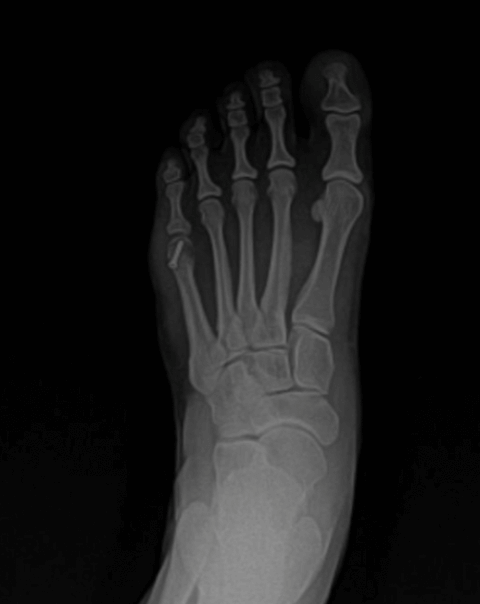
Dr. Timothy Young, a Board-Certified Foot Surgeon, Discusses Removal of Hardware After Foot Surgery.
Sometimes there is bone overgrowth, and this requires a larger incision and bone removal. This would happen typically if it h been more than one or two years after the original surgery. Prior to surgery using x-ray or ultrasound imaging one can plan ahead of time and allow for a much smaller surgical incision and therefore a much quicker postprocedure recovery. In these cases often just one simple suture or Steri-Strips is all that is necessary for wound repair. In the case of screws where there has been bone overgrowth, or plates the larger incision has to be made.
Therefore, there will be more wound healing and additional sutures required. In the case of hardware removal with just several small screws and small incisions, often there can be returned to activity within a week. If it is a larger procedure as described above involving a plate or bone overgrowth, then there may be a longer recovery of two weeks or even longer. Another intraoperative tool that we have within our ASC is fluoroscopy. Fluoroscopy can help locate hardware if there has been bone overgrowth or other factors making it difficult to find hardware during surgery.
If you are experiencing any foot or ankle pain, give us a call at 425-391-8666 or make an appointment online today.
Dr. Brandon Nelson, Board-Certified Foot and Ankle Physician and Surgeon, Discusses Achilles Tendon Pain
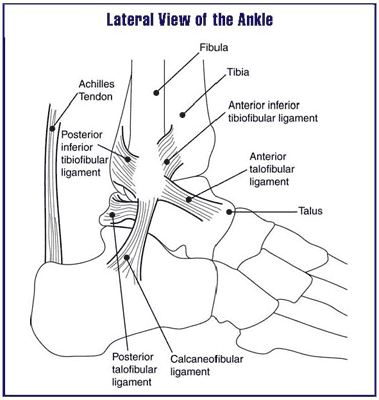
The Achilles tendon is the thickest strongest tendon in the human body. There are more pounds per square inch going across the Achilles tendon than any other tendon. It is important to realize that during an active gait cycle the Achilles tendon is under chronic mechanical load. This tendon in general can become overused and is usually attributed to an increase in activity or change in activities.
The most common cause of Achilles tendon pain is what is described as watershed region Achilles tendinitis. I encountered this in a lot of people that have begun to run or do plyometrics type activities like box jumping or jumping rope. I encouraged people not to plunge into new activities to begin to train slowly. With activities the changing and loading of the Achilles tendon can lead to Achilles tendinitis-type problems. Typically this will present as pain and swelling in the Achilles tendon. Oftentimes patients will experience increased pain that they try to push through this in addition they are at the risk of rupturing the Achilles tendon during this time.
It is extremely important that anytime a patient has Achilles tendon pain medicines evaluated by a physician. Long-term wear and tear can delay the return to normal activities. The longer patients have had these conditions there is a correlation with the longer it takes to recover. Achilles tendinopathy is one of the most common pathologies that I see if with recent developments in treatment protocols patients can return to activities sooner.
Sincerely,
Board-Certified Foot and Ankle Physician and Surgeon
Dr Brandon Nelson, A Board Certified Surgeon, Discusses Ankle Surgery
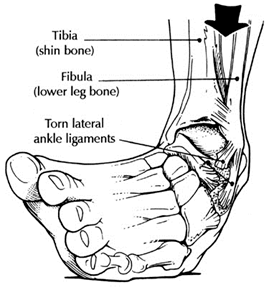
Surgery of the ankle is a fairly common procedure. The majority of ankle surgeries have to do with the outside of the ankle or the lateral ankle complex. The lateral ankle complex is composed of the lateral ankle ligaments and the peroneal tendons. The ligaments on the outside of the ankle are the most important ligaments for stability. These ligaments are often injured with an ankle sprain or ankle fracture. The peroneal tendons work to dynamically stabilize the ankle with activities. These tendons can also be injured with repetitive use or chronic ankle sprains. It is important for anybody that has more than 1 ankle sprain a year to have the structural integrity of their ankle evaluated.
Evaluation of the ankle usually involves and x-ray and a physical examination. In addition, I will often order and MRI to get a better appreciation of the structural components of the ankle. I like an MRI because one can see what the ligaments and tendons look like. This is extremely helpful for evaluation of what needs to be repaired for surgery and what the tissue consistency looks like for the repair.
The surgical procedure itself, or the repair, can be relatively straight forward as in just a ligament stabilization or more complex included bone work. The most common ankle procedure is the lateral ligament reconstruction or the Brostrum procedure. This is a great procedure for anybody with chronic ankle sprains. With this procedure there is a chance you may need the tendons repaired as well.
If you are experiencing frequent ankle sprains or have pain on the outside of the ankle I can help. Make an appointment today and we will get you back on the road to recovery. Give us a call at 425-391-8666.
Dr. Brandon Nelson Discusses The Lapiplasty, One Of The Most Advance Surgical Options To Fix Your Bunion

Bunion surgery is by far the most common surgery I perform. In an average year I fix approximately 100-200 bunions. I have been operating now for 15 years and that adds up to a lot of bunions. That is why I am excited about a new option for helping my patients with bunions. The Lapiplasty is a new option that helps correct bunions. The procedure itself has been around for greater than 50 years however this new instrumentation system allows for quicker healing times and smaller incisions. Please watch this video to see an introduction to the Lapiplasty.
The Lapidus technique to fix a bunion has proven to be one of the best options we have available for bunion surgery. We have been using this technique for years and it has proven to have excellent results and long term outcomes. The Lapiplasty technique is a modification to an existing procedure that improves patient recoveries. See this video for an explanation of the surgical technique.
If you are suffering from a bunion and are finally ready to have it fixed schedule and appointment today. Dr. Nelson has extensive experience with the Lapidus and can help you fix your bunion and get you back to the activities you love. Give us a call today at 425-391-8666 or make an appointment online.
Patient Testimonials: See some happy patients below.
Dr. Timothy Young Talks About Post-op Foot Surgery Tips
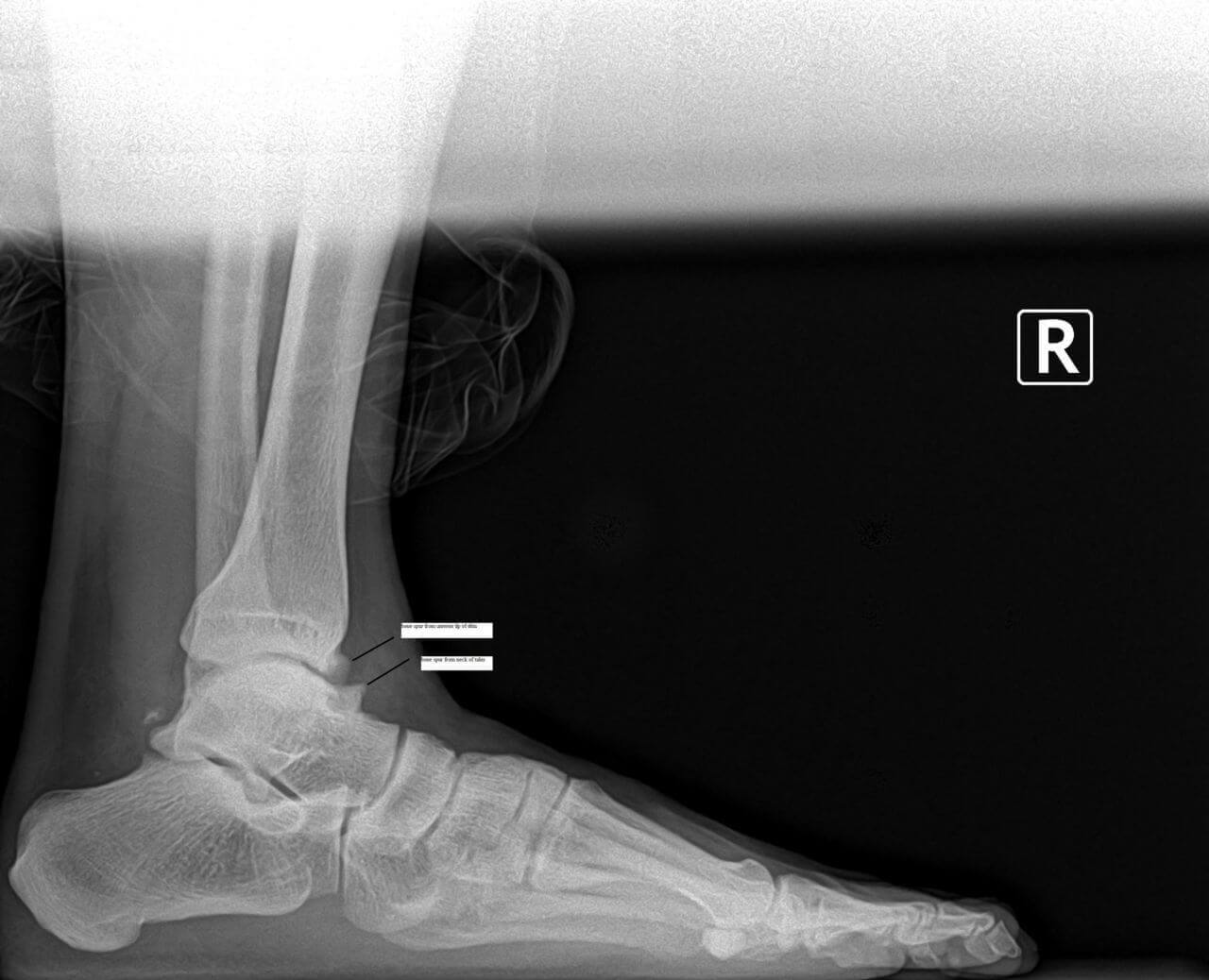
We’ve discussed many of the things that need to be considered after foot surgery, including bunion surgery. One thing to think about is simple meal planning and getting groceries.
There are options such as planning all your foods and meals ahead of time. Try getting premade meals such as at Costco and keep them in the freezer so you can just put them in the oven and not have to prepare a full meal. Other options could include Uber eats or having a family member pick up other food to go. You can always ask a family member to make a meal for you also.
Don’t forget that many grocery stores have delivery options also. Amazon fresh is yet one more option.
Planning your meals ahead of time will really pay off later when you are recuperating from foot surgery!
If you are experiencing foot or ankle pain, please give us call today at 425-391-8666 or make an appointment online.
Dr. Timothy Young Talks More About Help After Foot Surgery

Regarding post-surgical home recommendations and ideas, don’t forget that there are things to do at home that we always forget or do not plan for. For example, taking your family members to appointments school or etc. This can be a tough one. If you’re the sole parent taking care of your children, then some people will wait until a relative or another family member can fly in to help out; or they may live close enough where they can simply come over as needed.
Foot surgery timing can sometimes work better with a college break - like Christmas break or summer break. Sometimes it’s a good idea to wait to have surgery until you have enough help that all your family’s needs can be taken care of but there’s also the needs of the surgery patient themselves. Discuss this with your surgeon, each different type of foot surgery and the recuperation and post op time off your feet or in a walking boot will be different.
If you are considering bunion surgery or other foot surgery, please let us know if you would like a surgical consultation.
Give us a call today at 425-391-8666 or make an appointment online today.
Dr. Timothy Young Talks About Minimally Invasive Foot Surgery
So it is a compromise. There are times when minimal incision surgery is extremely effective. For example smaller bone spurs on the toes can be removed with a small incision and a burr power. Sometimes a tight tendon can be released through a very small incision. There are some innovative new systems and medical instrument companies that are coming up with techniques to do some procedures through a small incision. The following is an example of minimal incision surgery to remove a spur on the fifth toe. There is a before and after image of the x-ray. The incision on this is typically only 4 mm in length.

Dr. Timothy Young Talks About Preparing For Foot Surgery
At Issaquah Foot & Ankle Specialists, we provide the best surgical treatment. We want to prepare our patients for their surgery. Here are some of the helpful things to prepare for before your foot surgery. Plan ahead for meals, driving, shopping, sleeping and bathing.
Do your errands ahead of time:
-get your post op Rx filled
-buy a cast shower protector
-have your meal planning done, you may want to get some premade dinners and easy meals
Prepare your house:
-set-up a bed on the main floor of the house, so you do not have to use stairs.
-set up your shower, get an inexpensive hand shower head
-get a plastic chair you can put inside the shower
-make sure your house is easy to move around in.
Family help:
-make sure a family member or friend can help during the 1rst 24 hours and
-arrange for help with driving
Prepare for some couch time:
-get books, movies, home office set-up.
Some planning before your surgery will make things easier during your post op time. You want the best long term out come and planning will help!
If you have more questions and would like a consultation let us know. Give us a call at 425-391-8666 or make an appointment online.




